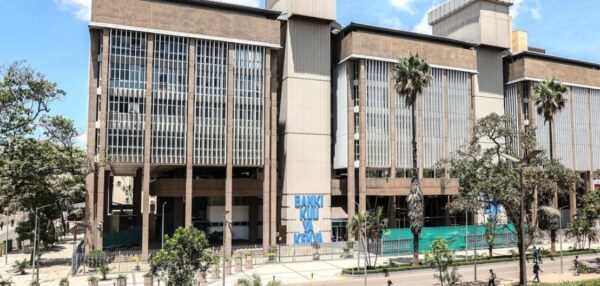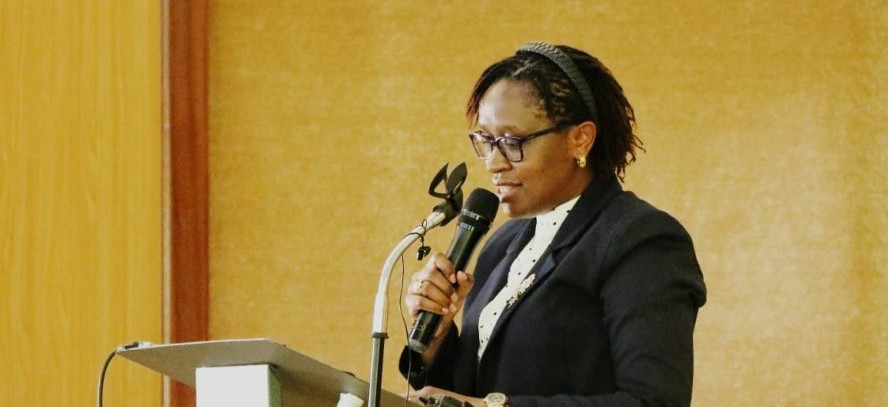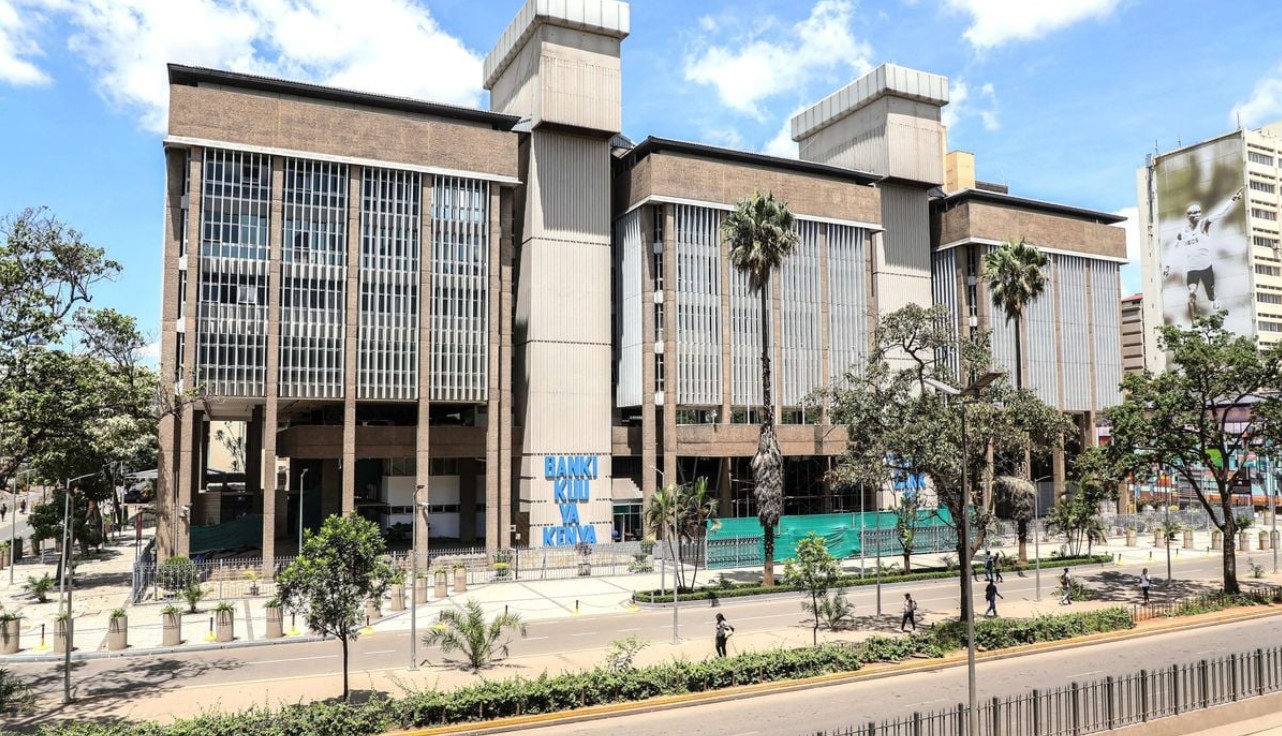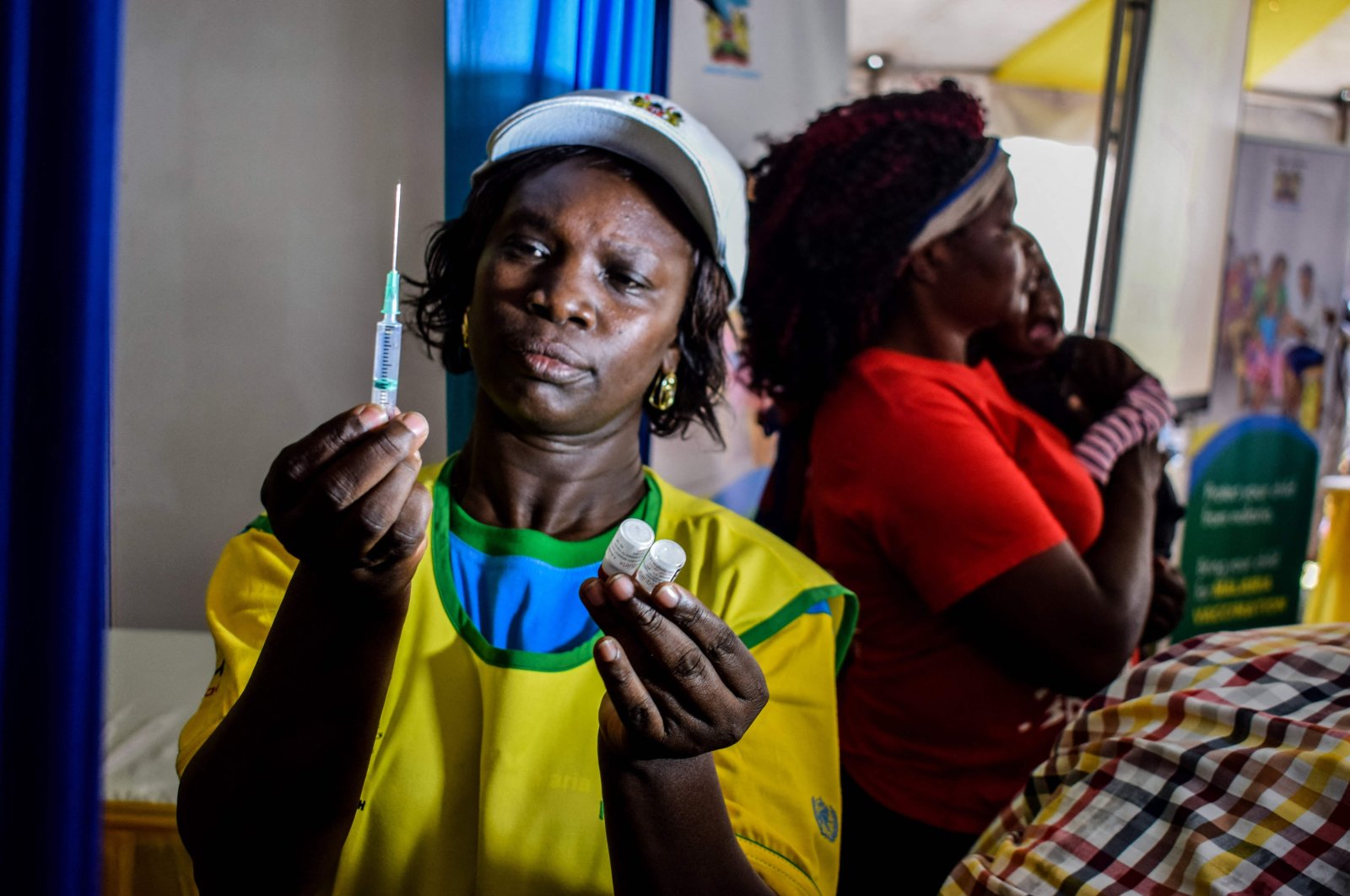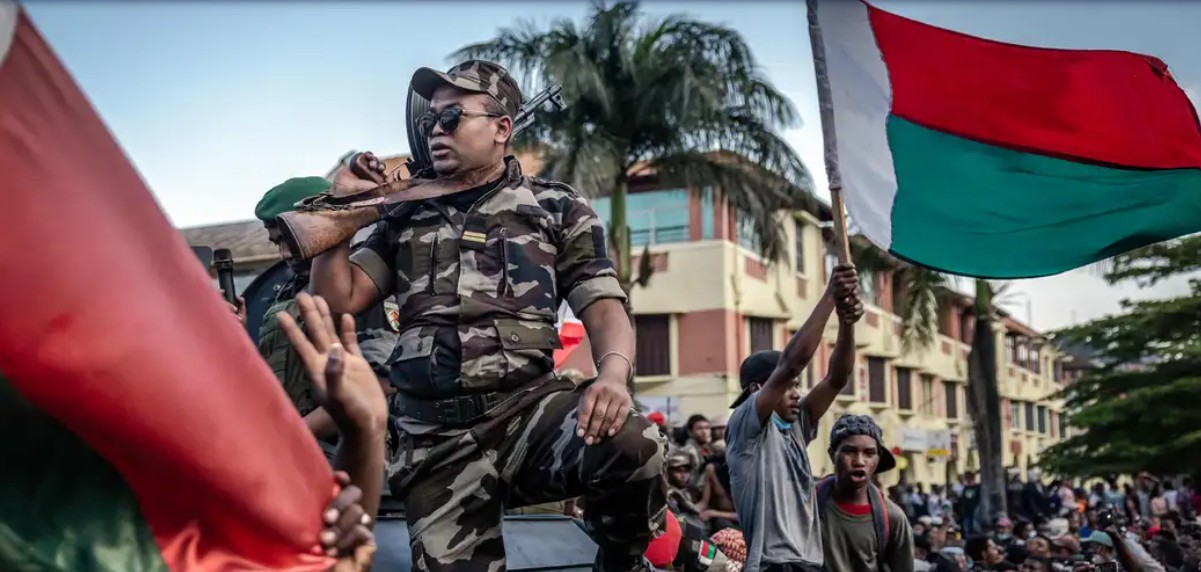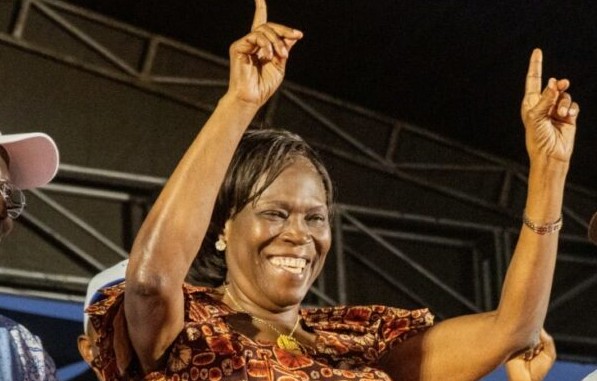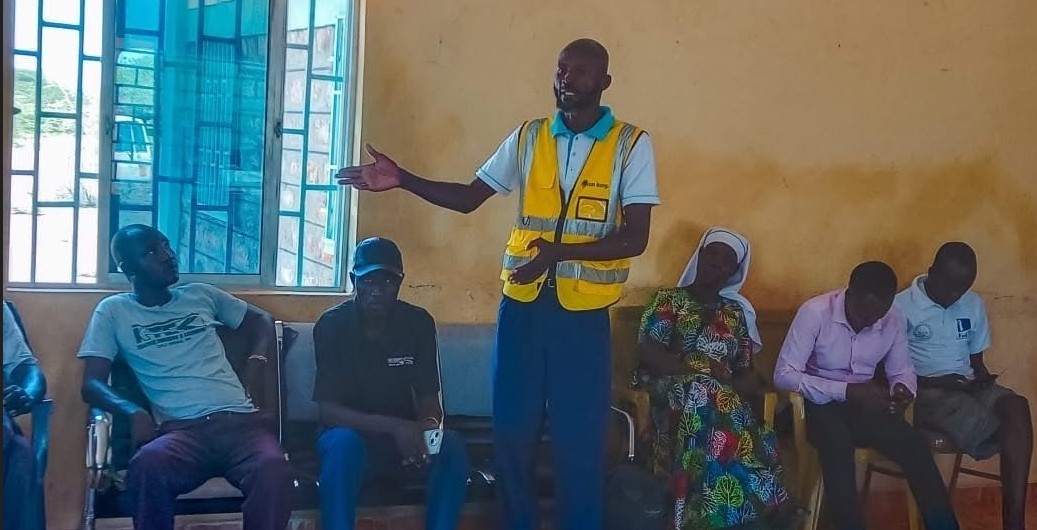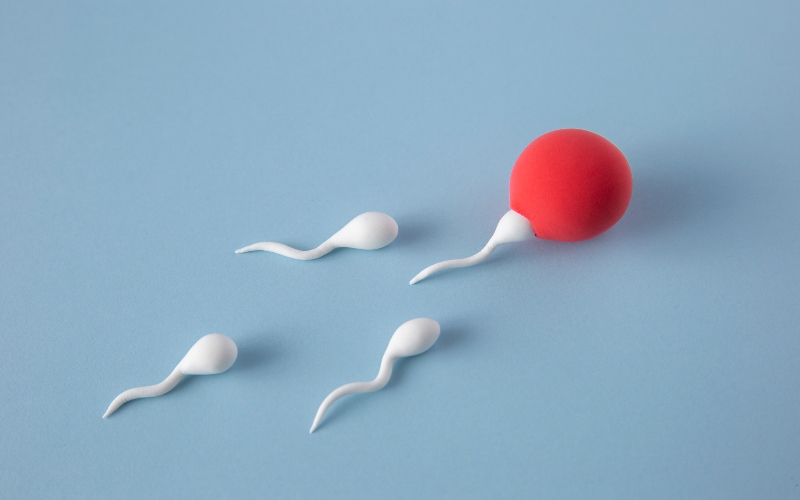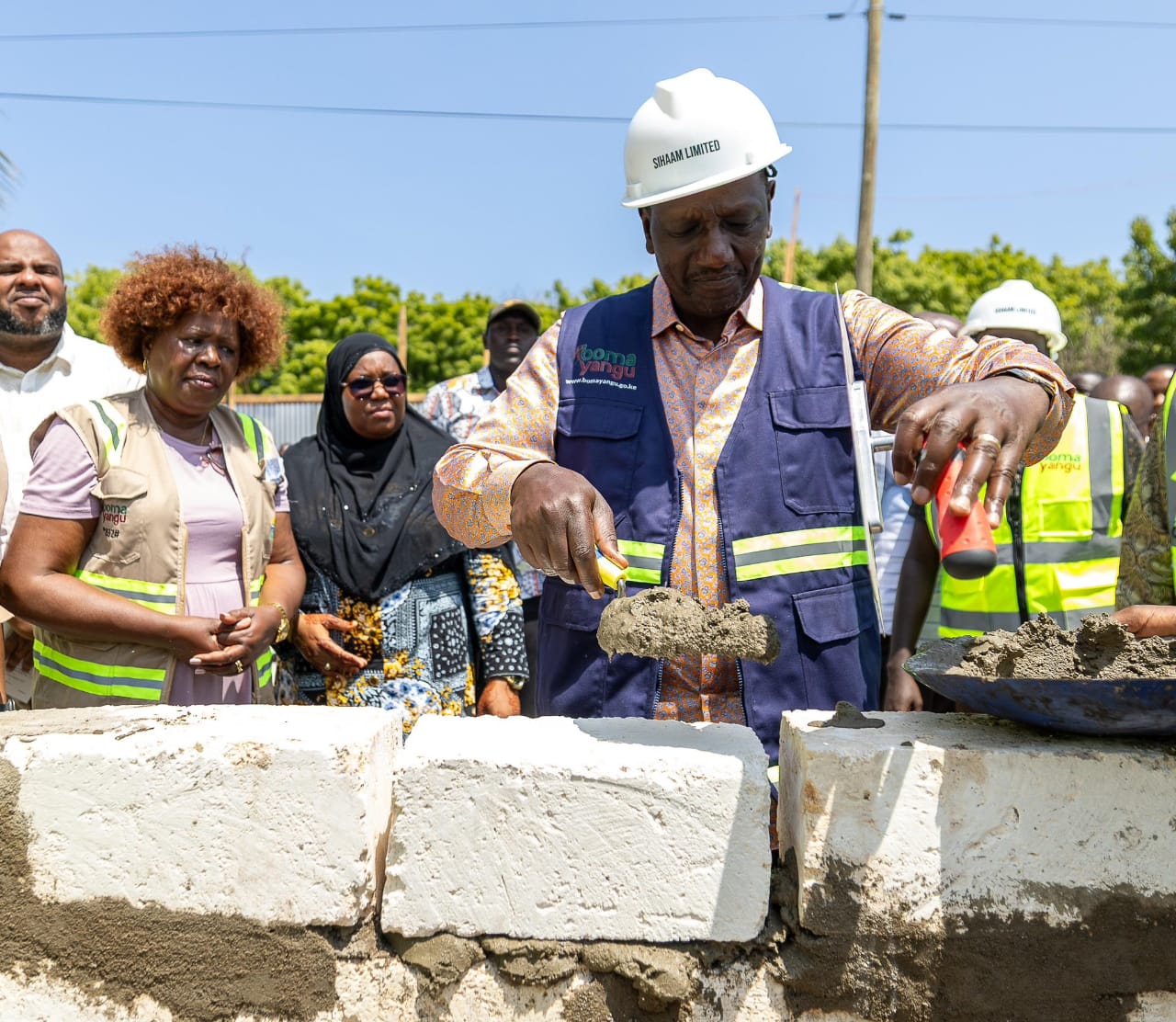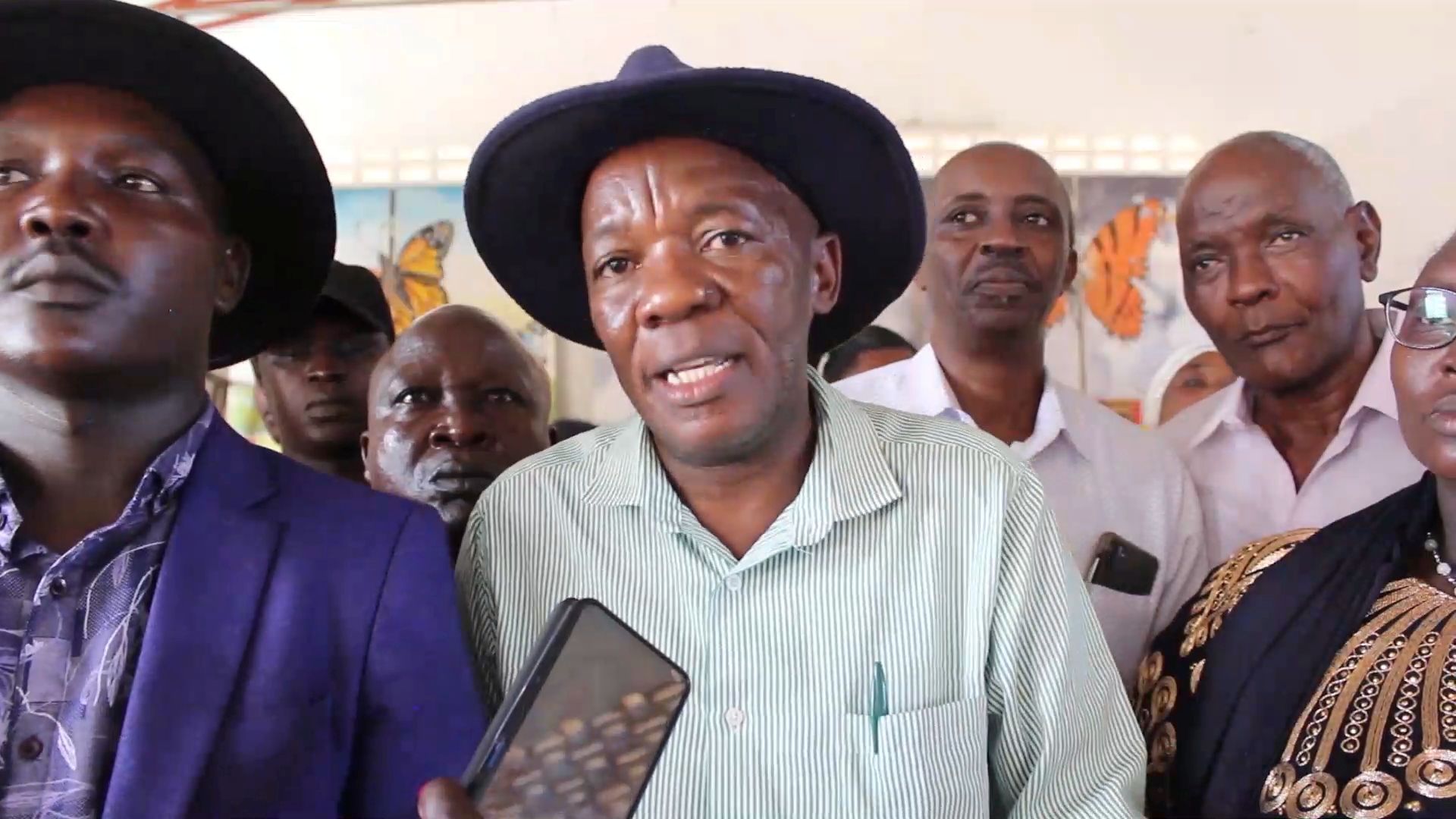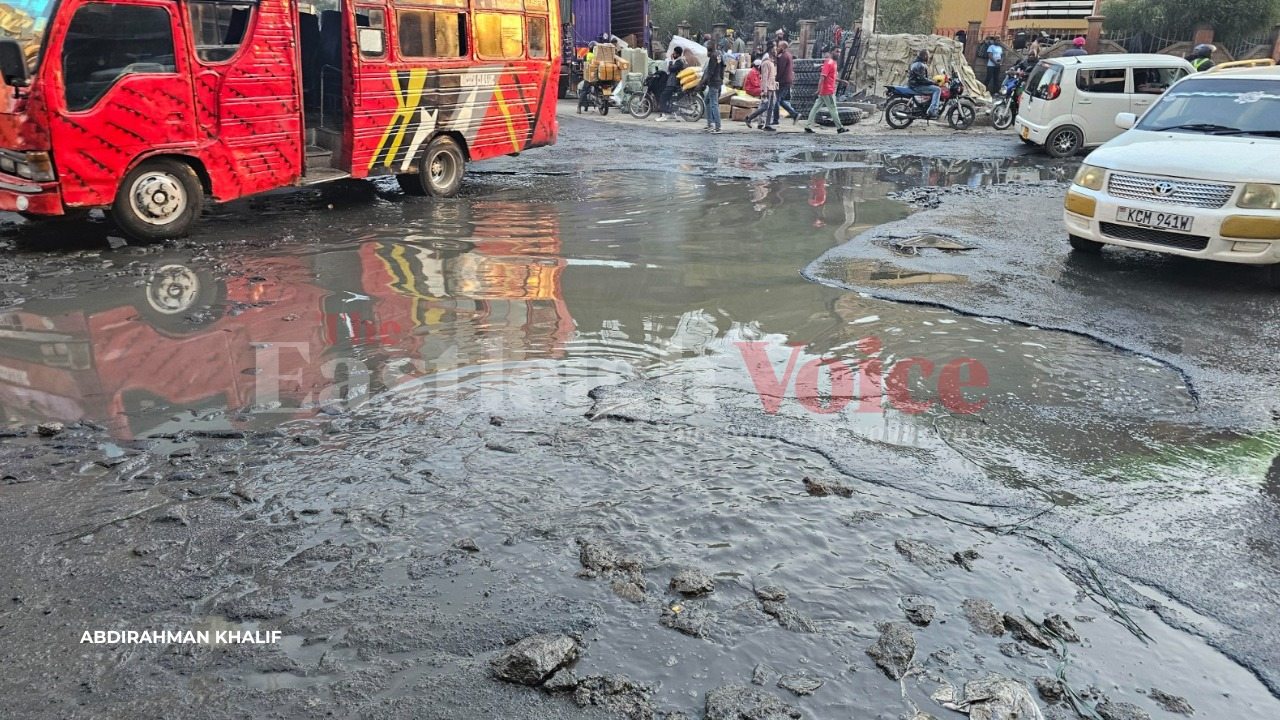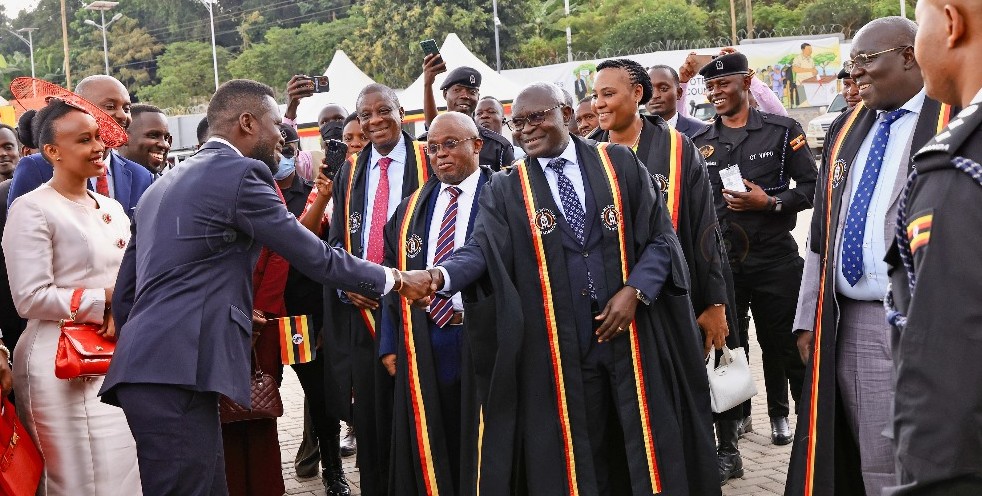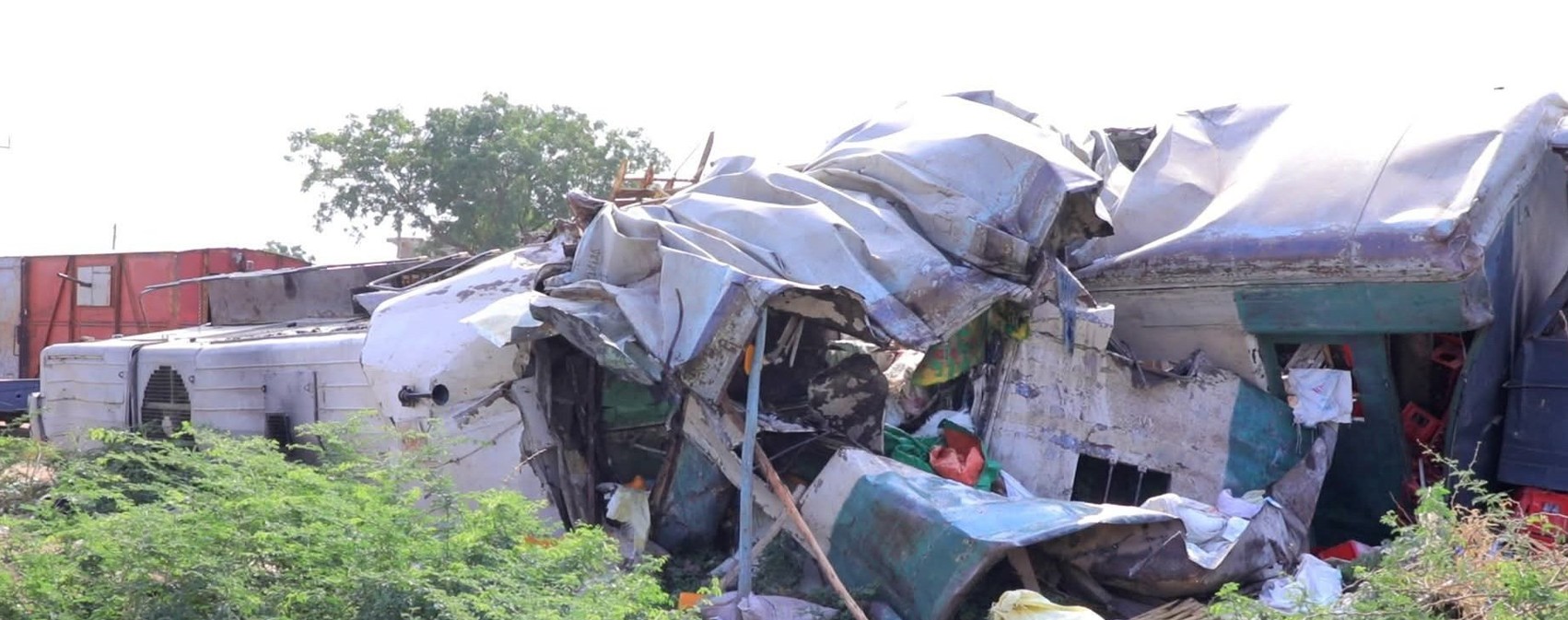Global wars threaten women and girls like never before, UN report shows
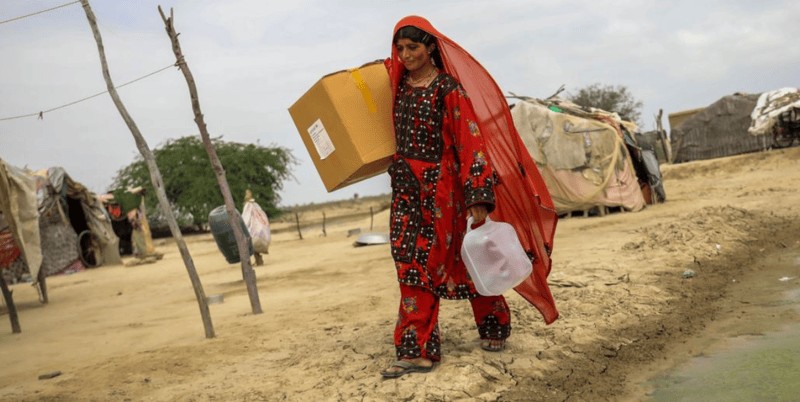
Kenya emerges as a beacon of women-led peacebuilding, showing how local and regional efforts can shape lasting solutions amid rising global conflicts.
A record 676 million women and girls now live within 50 kilometres of deadly conflict, the United Nations warns—marking the highest number since the 1990s.
The 2025 UN Secretary-General’s report on Women, Peace and Security, released on the 25th anniversary of Security Council Resolution 1325, paints a stark picture of escalating risks, rising violence, and systemic exclusion from peace processes.
More To Read
- Yemen, Somalia hold security talks in Aden to strengthen bilateral cooperation
- UN Special Rapporteur condemns disappearance of Kenyan activists in Uganda
- UN to slash global peacekeeping force by 25 per cent after US funding cuts
- Pressure mounts on Kenya to permit visit by UN special rapporteur
- Taliban shuts down internet indefinitely in Afghanistan
- Ruto warns UN faces irrelevance without reform
Civilian casualties among women and children have quadrupled over the past two years, while conflict-related sexual violence surged by 87 per cent, according to the report.
UN Women Executive Director Sima Bahous said, “Women and girls are being killed in record numbers, shut out of peace tables, and left unprotected as wars multiply. Women do not need more promises; they need power, protection, and equal participation.”
Despite clear evidence that women’s participation leads to more durable peace, global representation remains alarmingly low. In 2024, nine out of ten peace processes included no women negotiators. Overall, women accounted for only 7 per cent of negotiators and 14 per cent of mediators worldwide.
Community-level advocacy is gaining recognition, but structural barriers continue to limit women’s influence in formal peace processes.
The report highlights Kenya as a key example of women shaping peace at both local and national levels. Women peacebuilders in Kenya collaborated with counterparts in Ethiopia and Liberia to influence agreements, strengthen community dialogue, and ensure women’s priorities were reflected in peace agendas.
These efforts complemented regional initiatives in the Great Lakes, where women’s networks successfully advocated for the inclusion of women mediators in joint East African Community–SADC peace efforts.
Funding gaps
Funding gaps remain stark. While global military spending surpassed USD 2.7 trillion (approximately Sh349.8 trillion) in 2024, women’s organisations in conflict zones received only 0.4 per cent of aid, putting many frontline groups at risk of closure.
“These are not isolated data points; they are symptoms of a world that is choosing to invest in war instead of peace, and one that continues to exclude women from shaping solutions,” said Bahous.
The UN emphasises the urgent need for a gender data revolution. Without disaggregated data, women’s experiences in war zones remain largely invisible, limiting accountability and policy impact.
Inclusive political solutions
The report calls for inclusive political solutions, women leading security reforms, access to justice, and reparations for survivors of violations.
While progress has been made through initiatives such as digital consultations in Afghanistan and Yemen, multi-track processes in Colombia and South Sudan, and networks of women mediators in Africa, the report warns that decades of gains are at risk unless women’s participation is fully institutionalised and adequately funded.
“UN Women is calling for concrete, measurable results: conflicts resolved through inclusive political solutions, more women leading security reforms and recovery efforts, and greater accountability for violations, including access to justice and reparations for survivors,” said Bahous.
Top Stories Today
